Over the Easter long weekend, we took a trip downtown to check out the Allan Gardens Conservatory. The Allan Gardens Conservatory consists of six greenhouses which house tropical plants, plants from Australia and the Mediterranean, palms and seasonal plants, and cacti. The conservatory is a great escape from the city, cleverly located in the heart of the city. There is free parking, bathrooms located within, and a dog park, and a children’s park located within the vicinity.
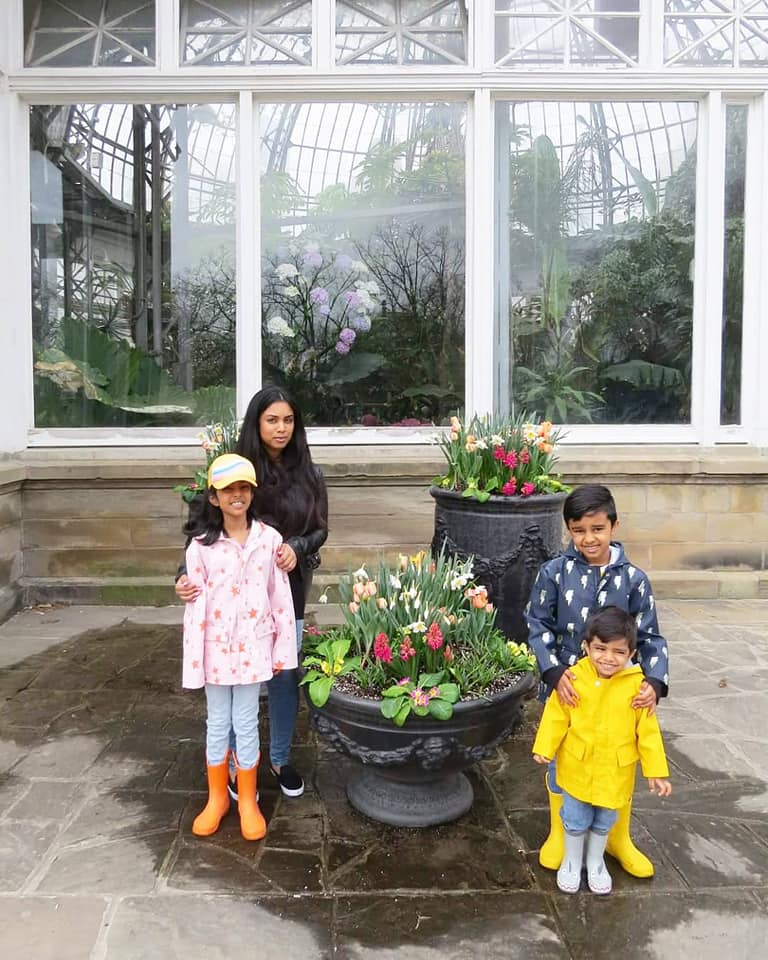
The idea of the conservatory came to be back in 1858 when a local politician and philanthropist, George Allan offered the Toronto Horticultural Society a five-acre piece of land to develop a garden. In 1864 the City of Toronto purchased the surrounding land from Mr. Allan with hopes of expanding. The city released the land to the Toronto Horticultural Society on the terms that the conservatory remain accessible to the public for free. The garden went through a couple more expansions before a fire in 1902 destroyed a pavilion and a part of the latest addition. It was finally rebuilt in 1910 by architect Robert McCallum who gave it the classic dome shape that stands today. To this day admission to the beautiful conservatory is free and is open all year round, from 10AM – 5PM.
My children love plants, and gardening and learning about the different types of plants so we spent a lot more time that I thought we would in the conservatory. We went earlier in the morning to skip the crowd and got to thoroughly enjoy the conservatory. We saw so many different and very unusual cacti, including a large aloe plant and an even larger agave plant. There were orchids, seasonal perennials, and even a banana plant! Perhaps the children’s favourite part of our visit was seeing the turtles that call the Tropical House, home.
If you are looking to spend a relaxing hour or two with the kids, I highly recommend a visit to the Allan Gardens Conservatory. You can even make it an educational adventure by learning about the different species of plants and the habitats in which they thrive.
Check out the pictures from our visit below!
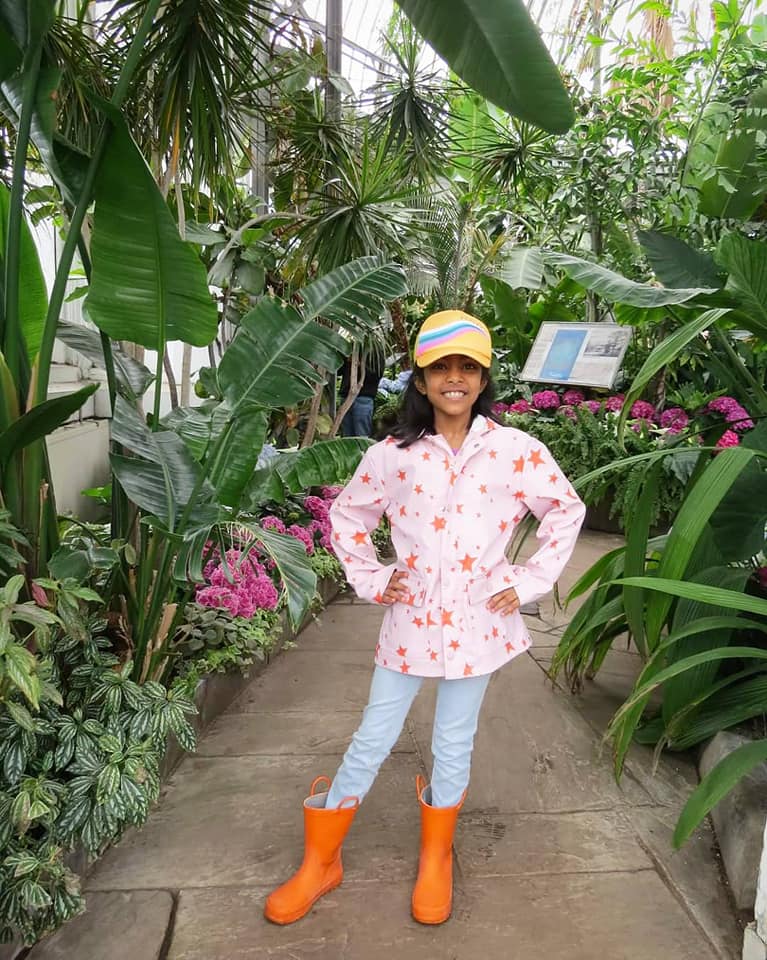
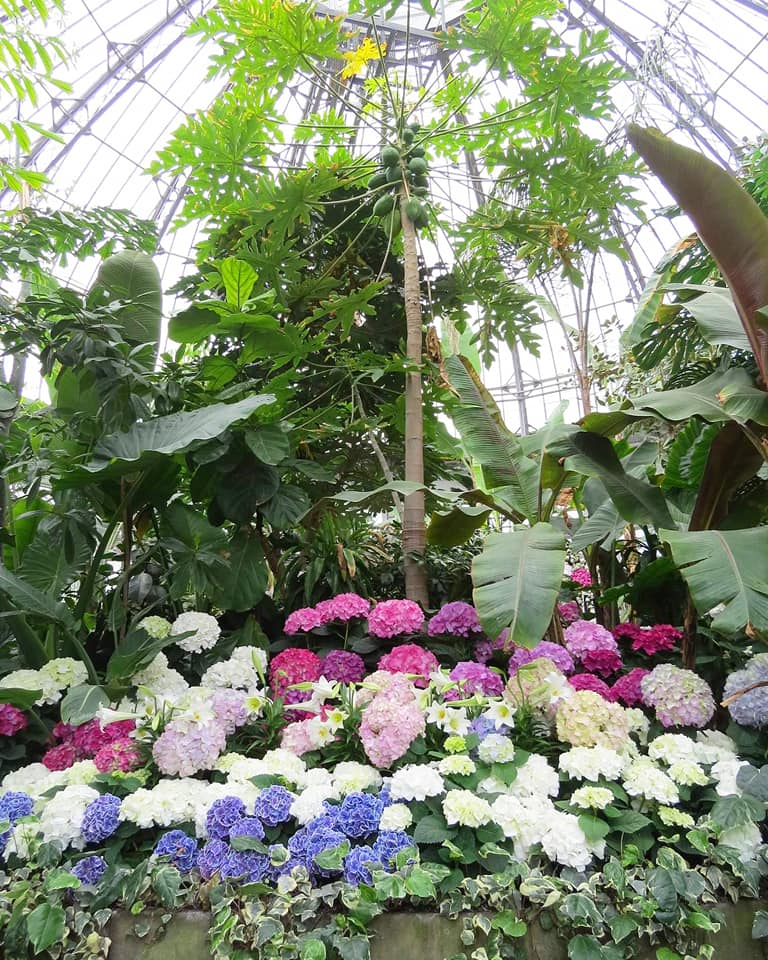
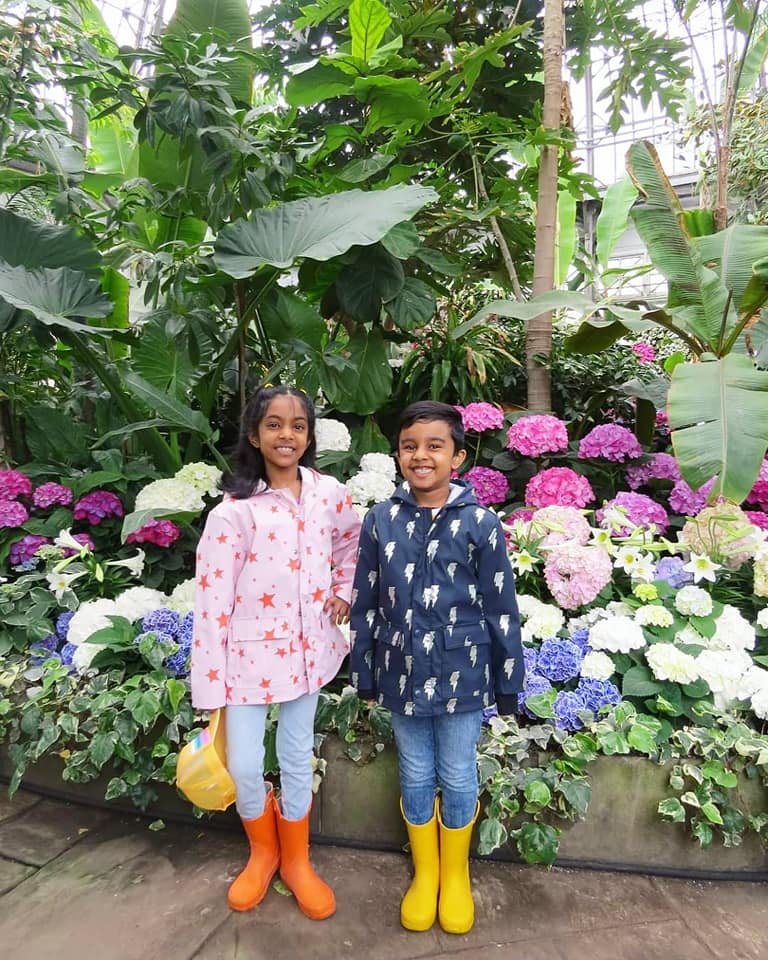
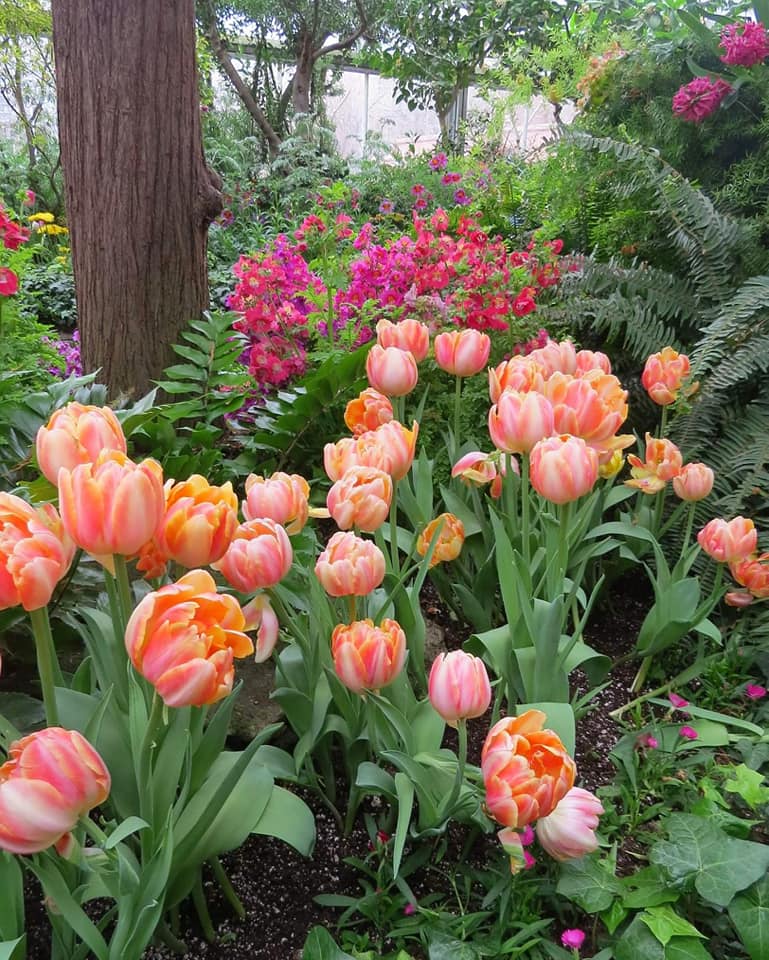
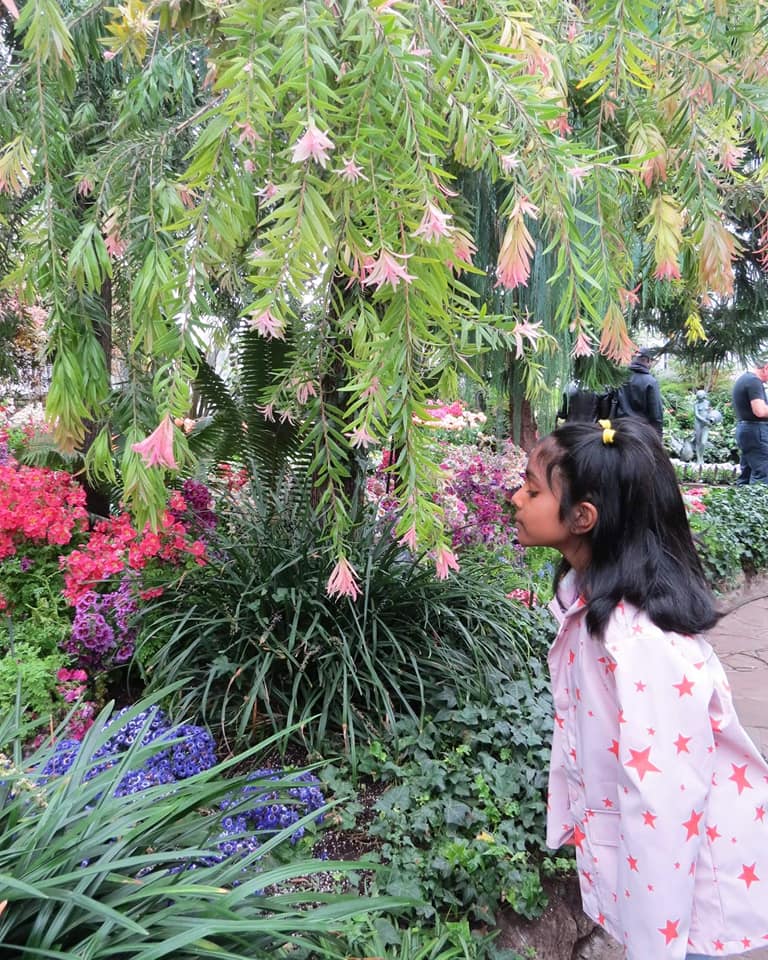
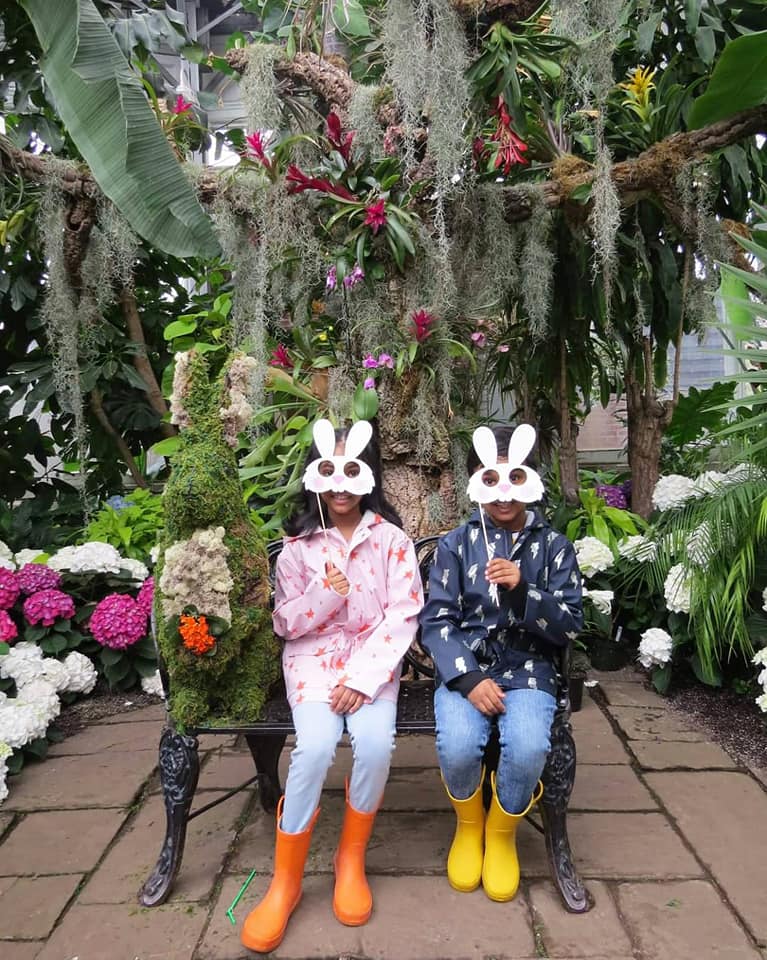
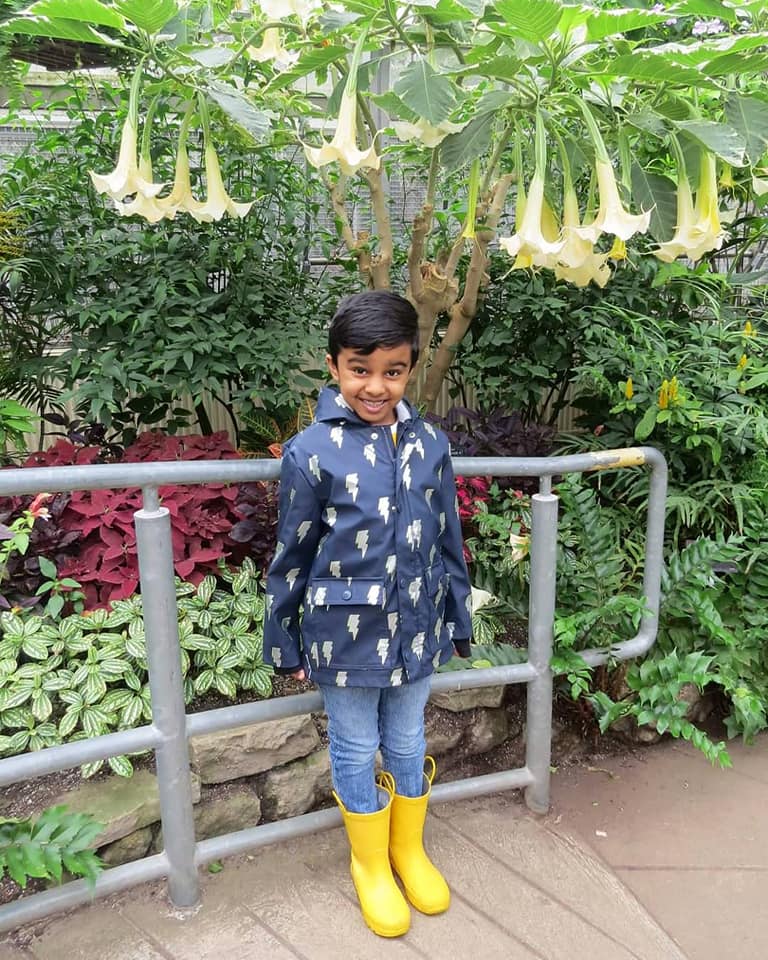
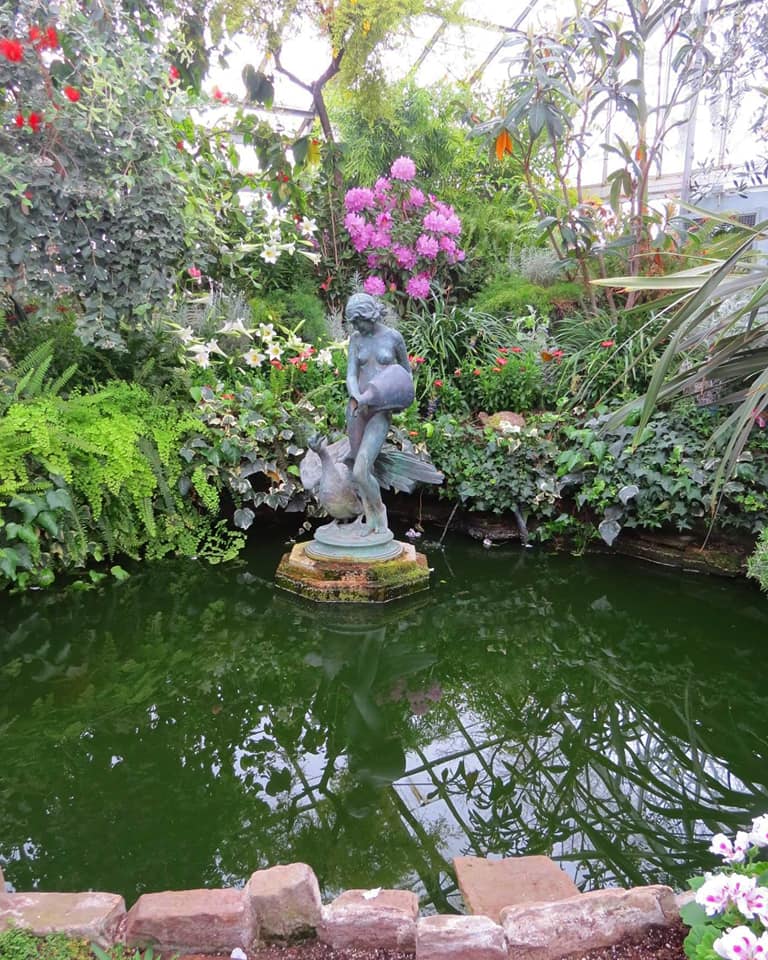
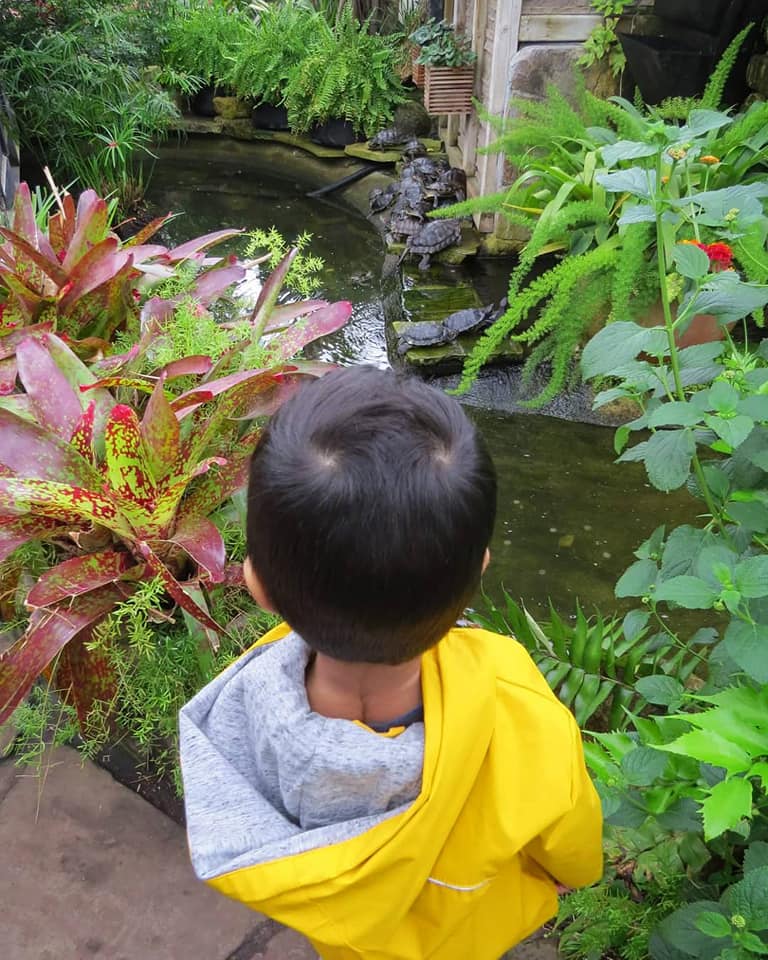
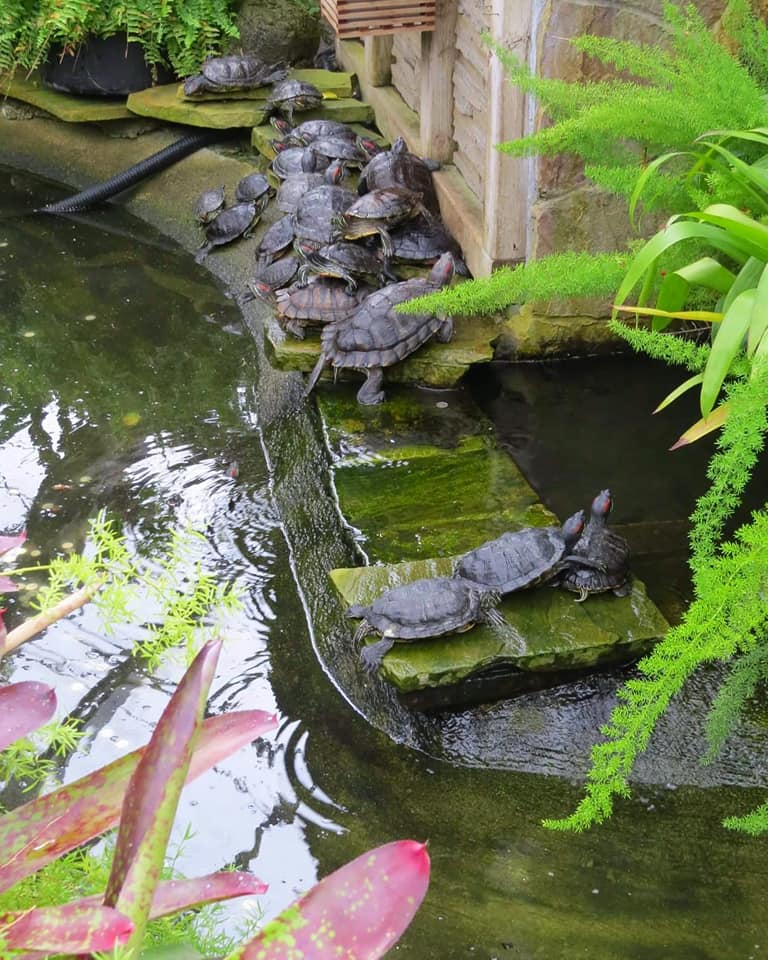
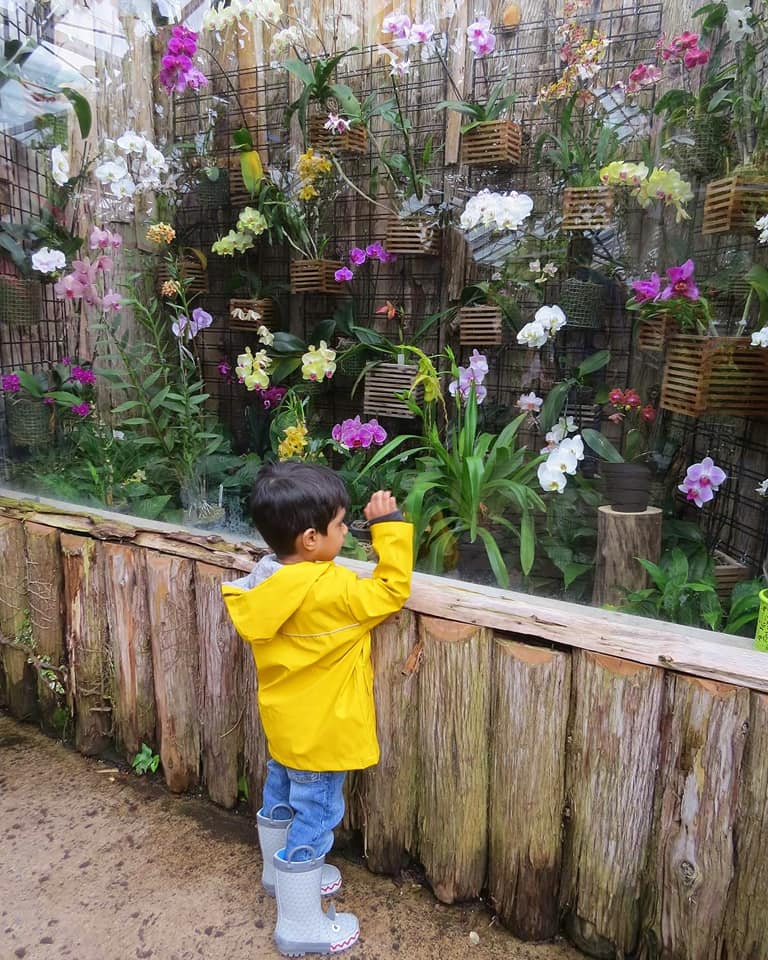
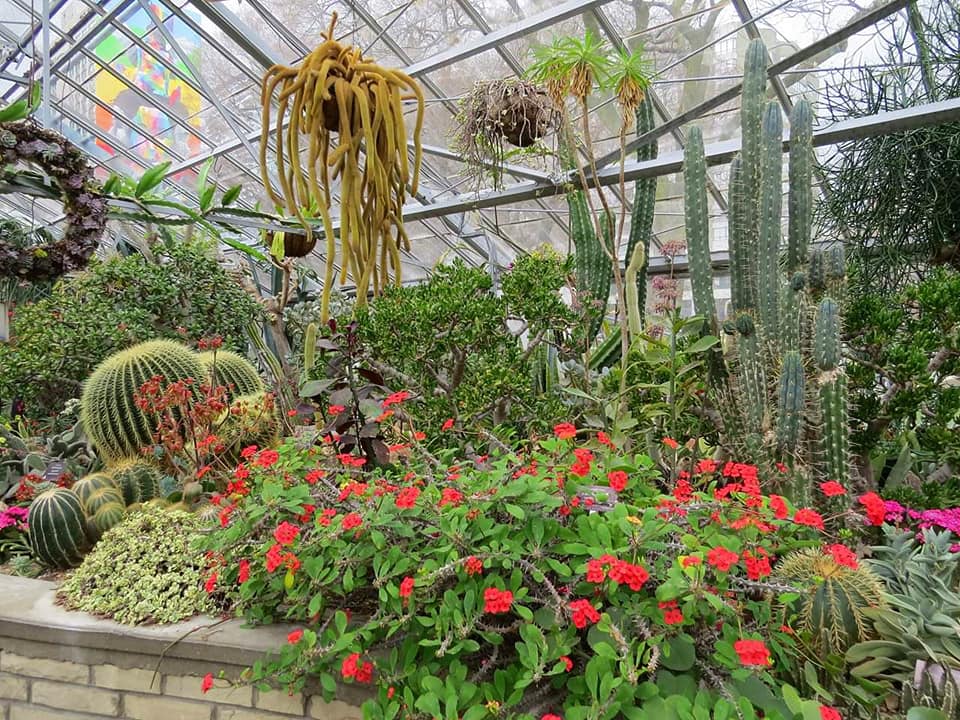
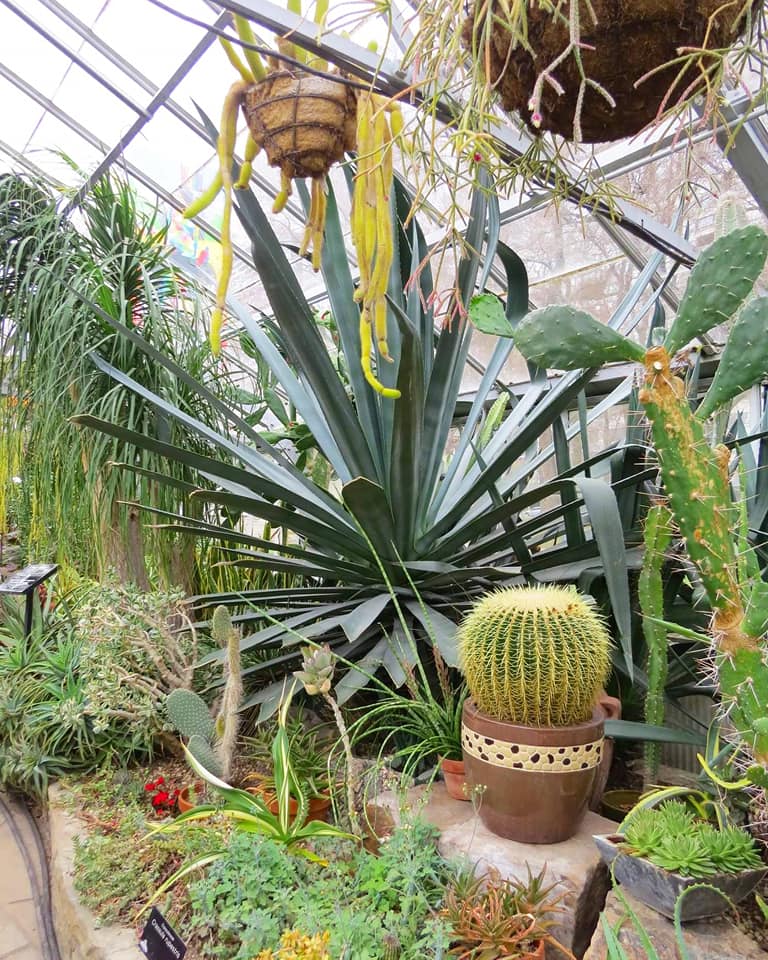
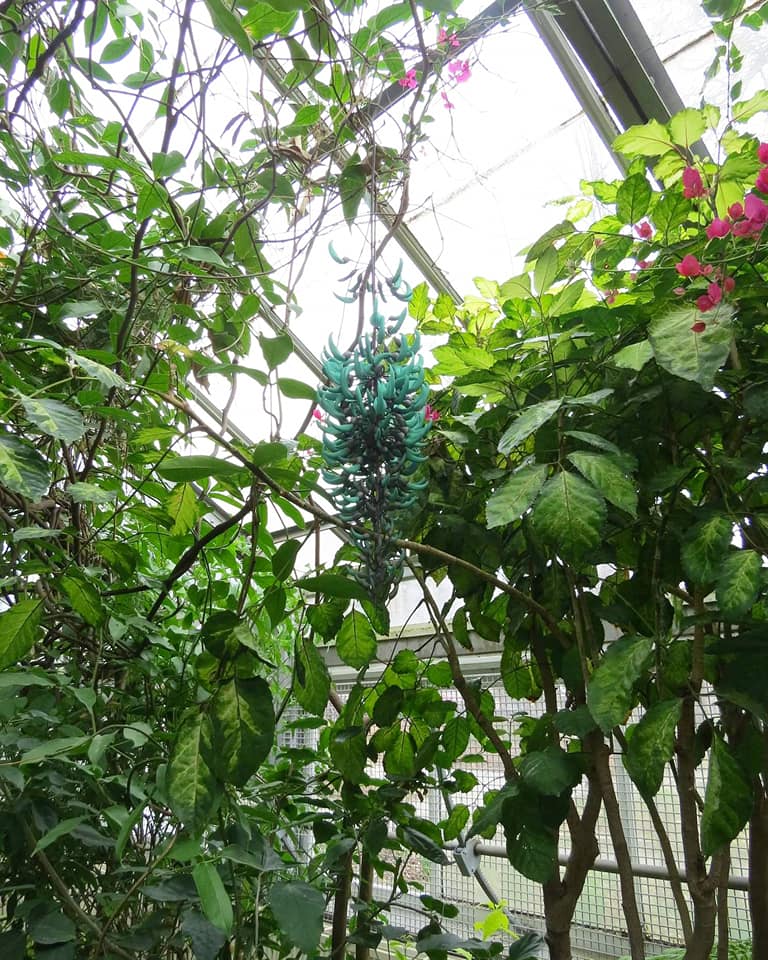
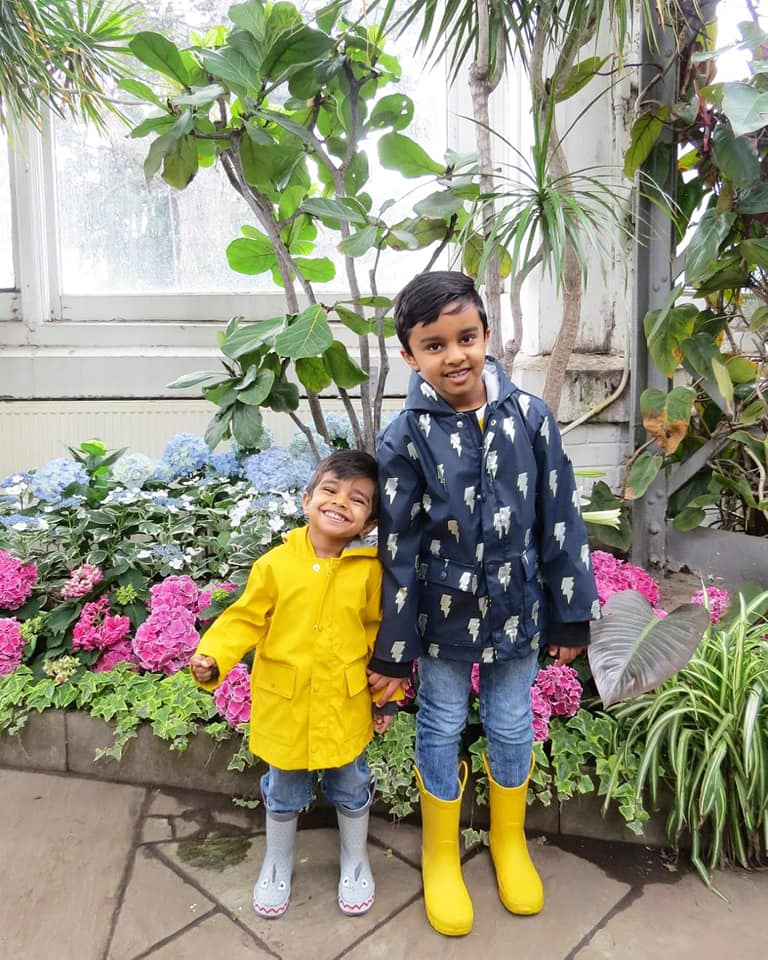

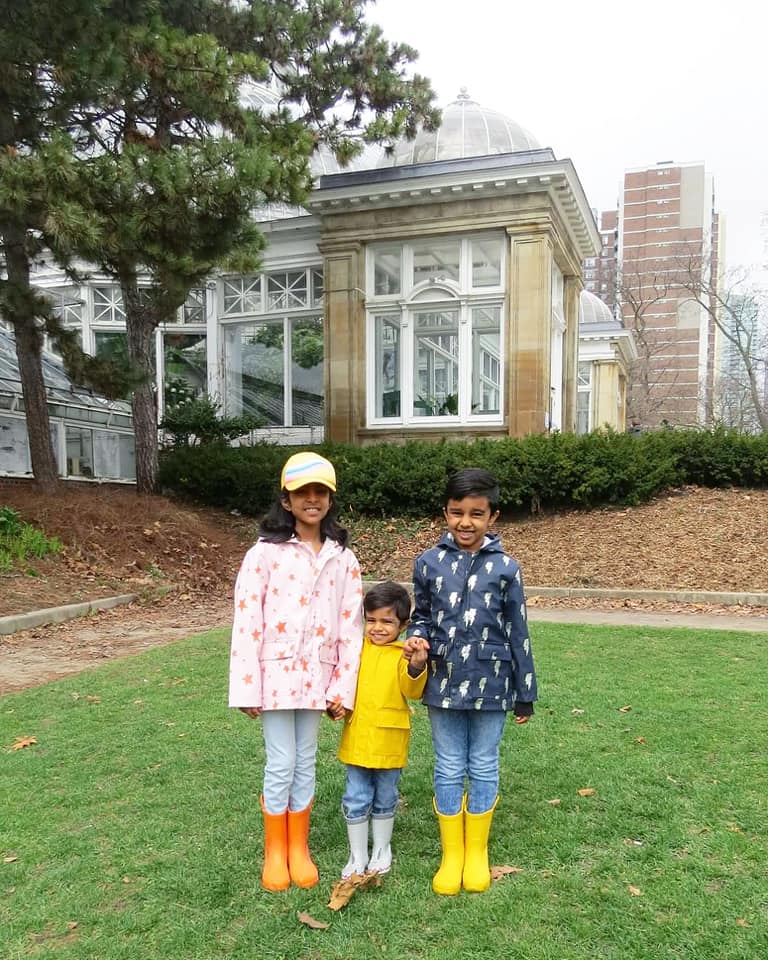


[…] the Allan Gardens Conservatory. Admission is […]